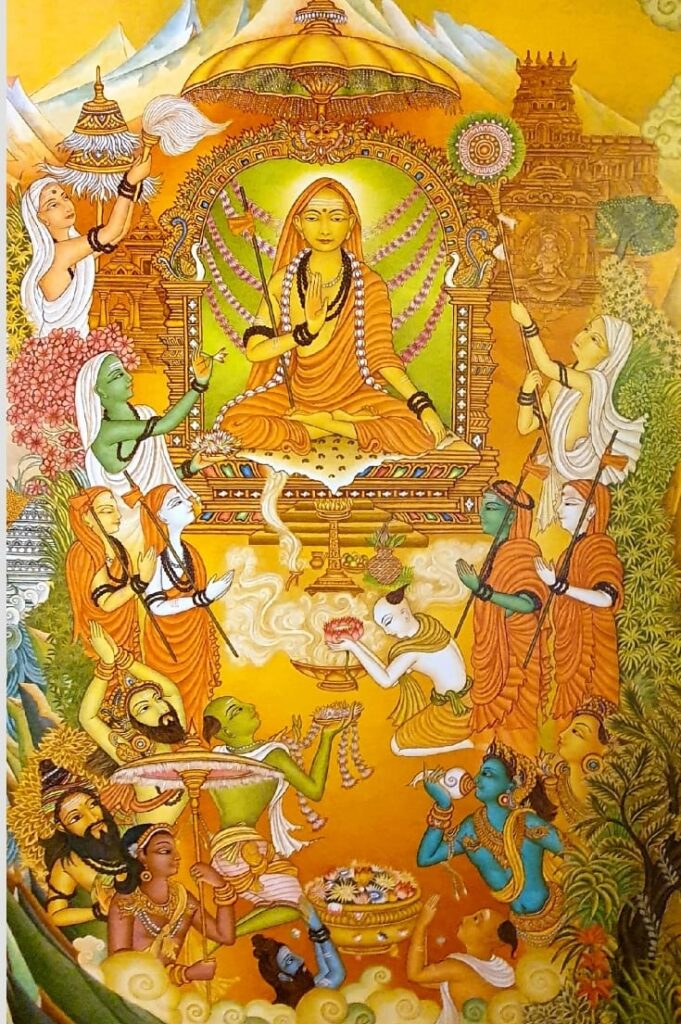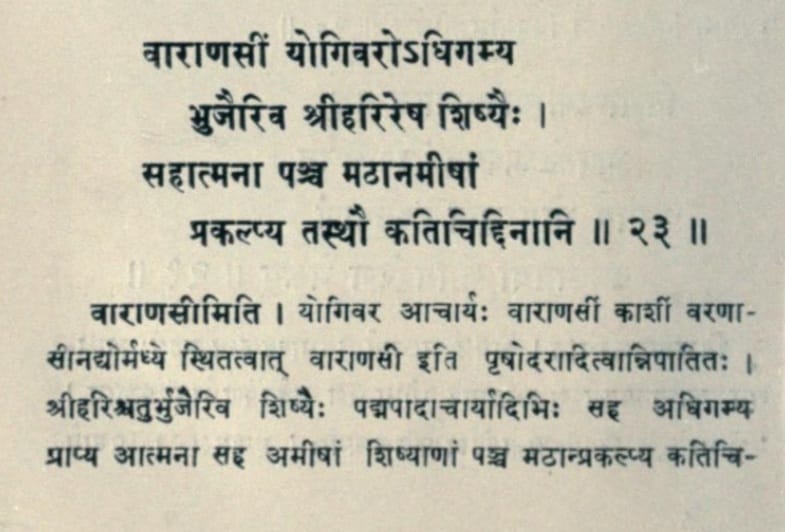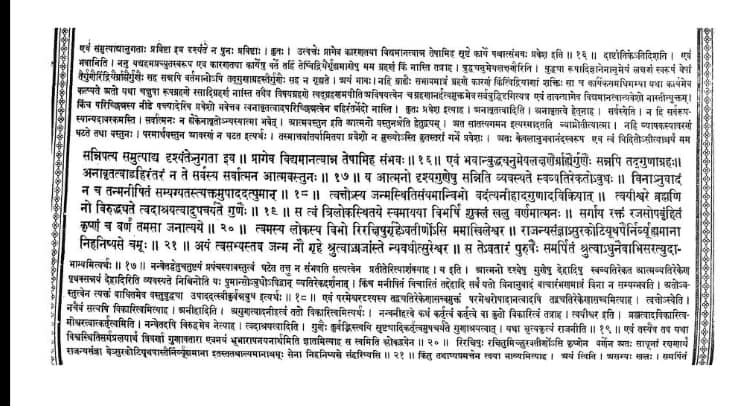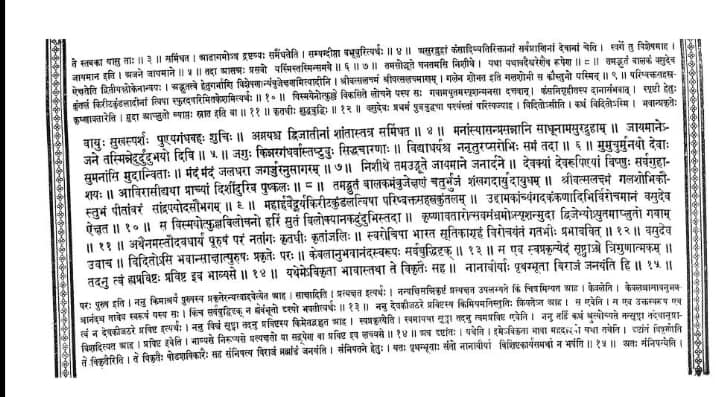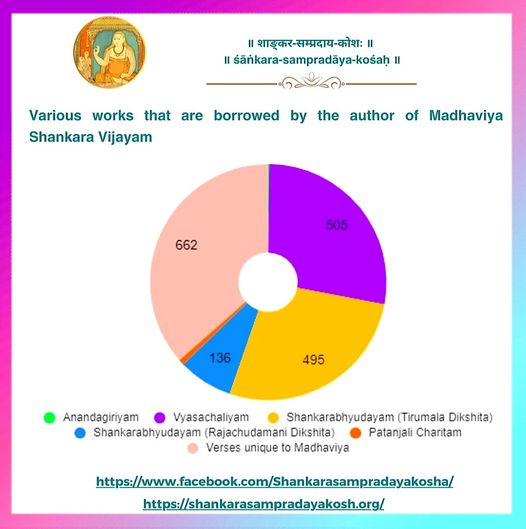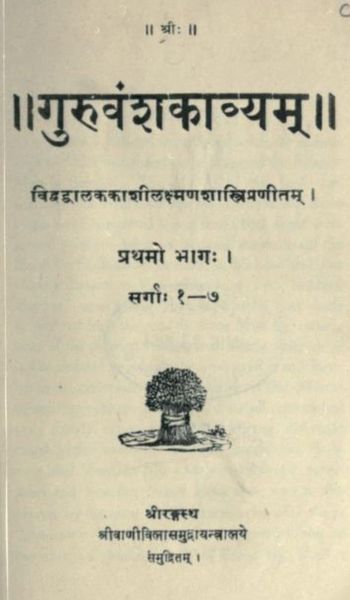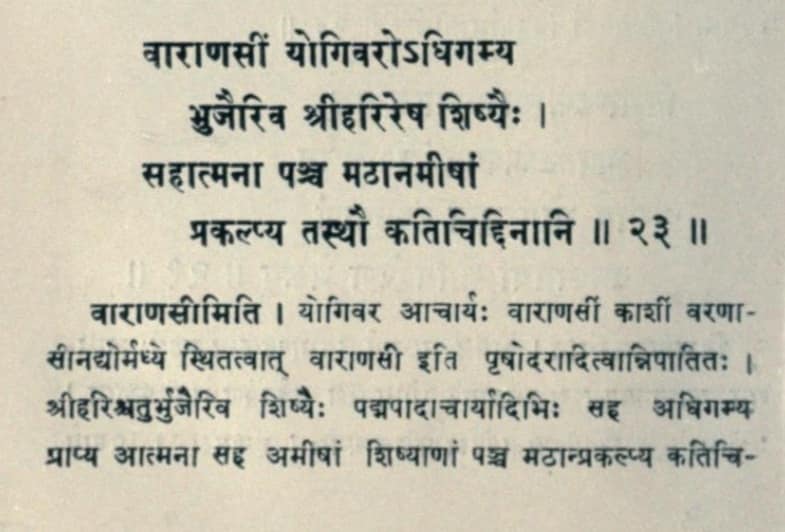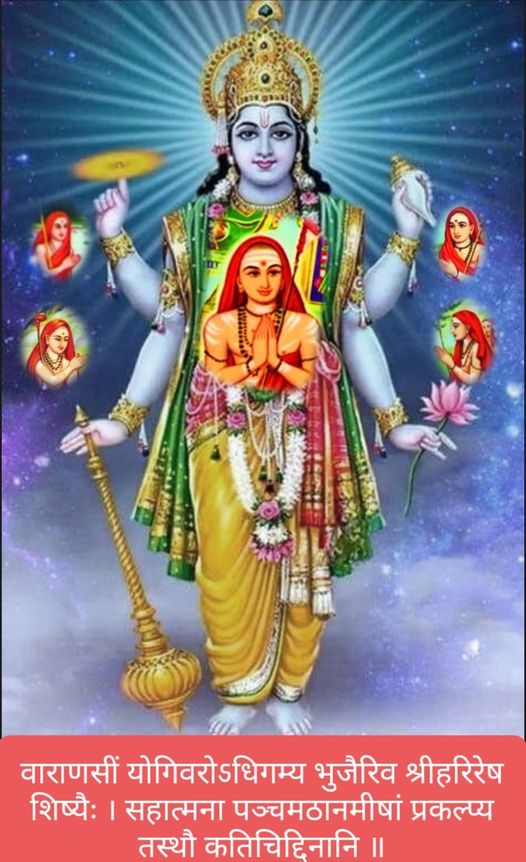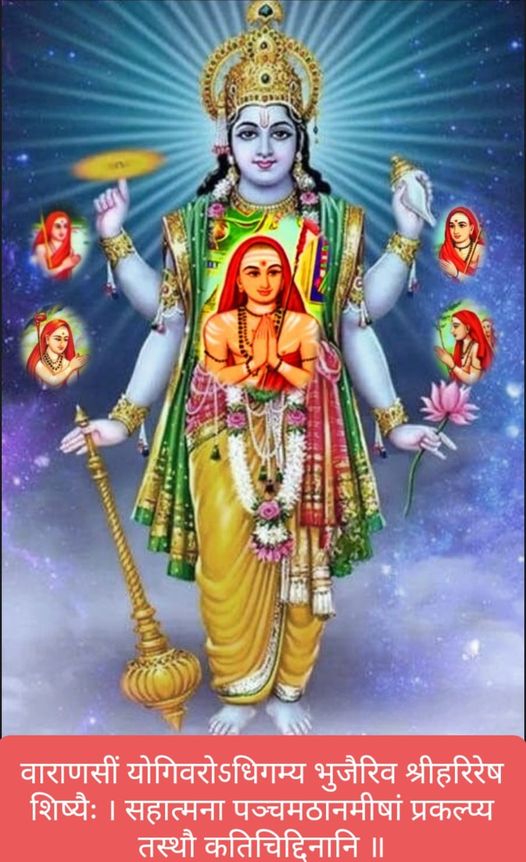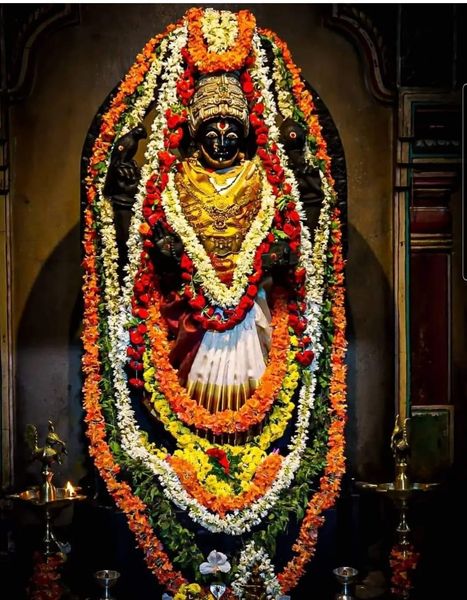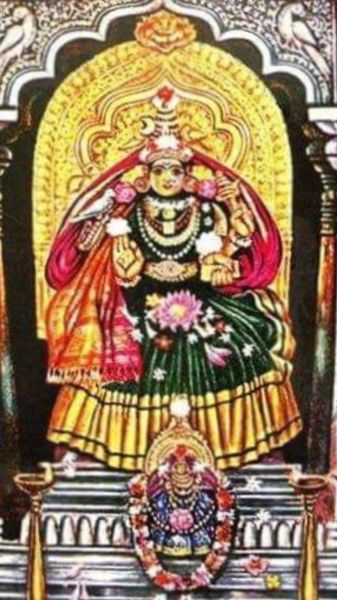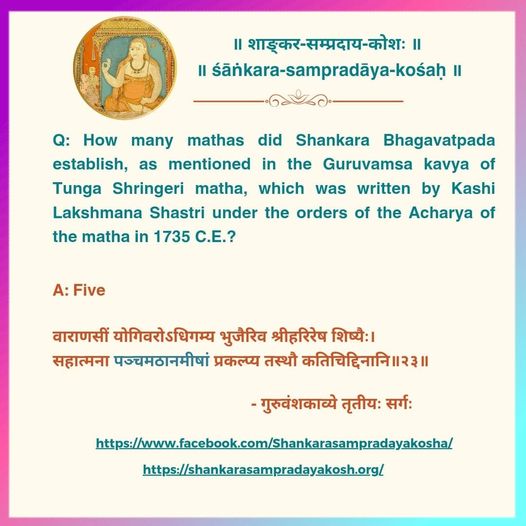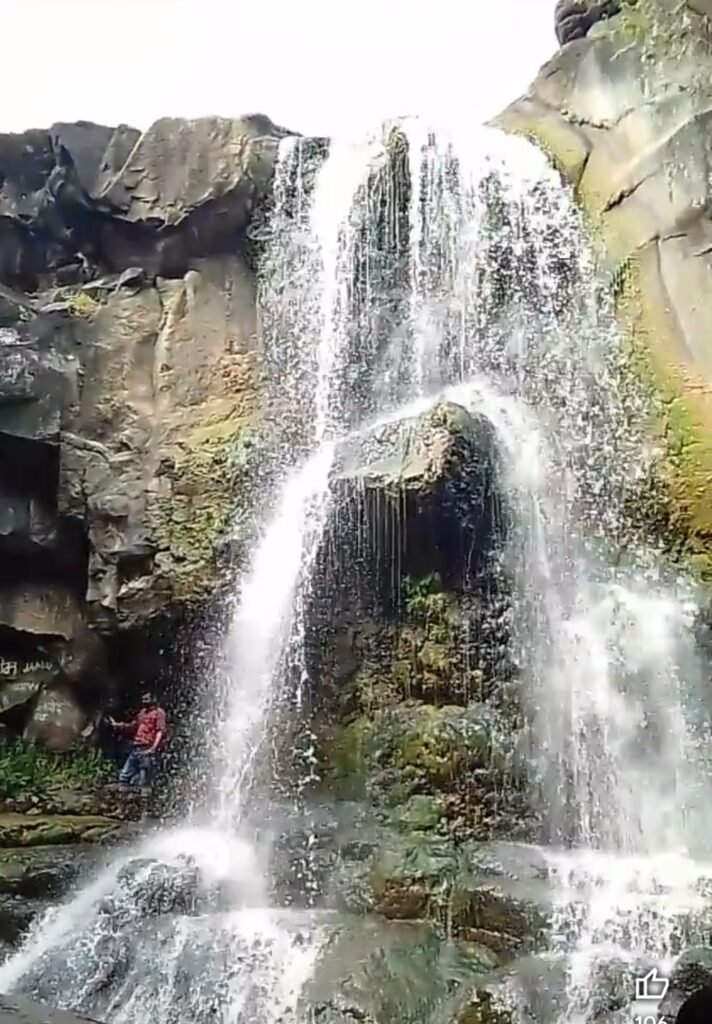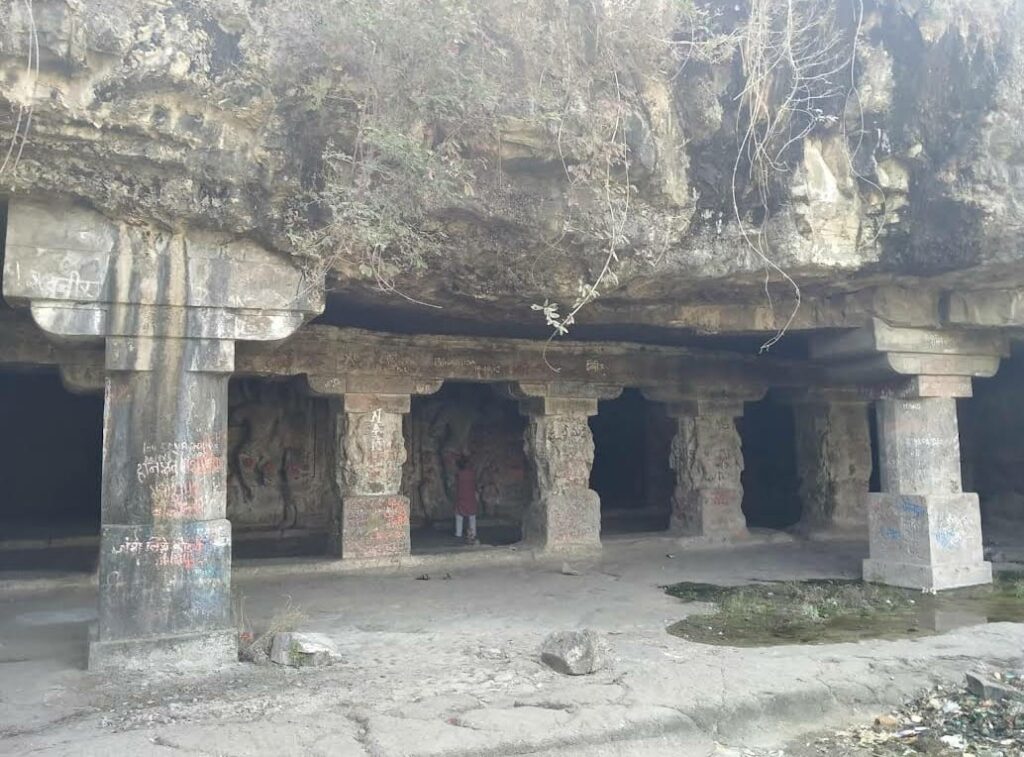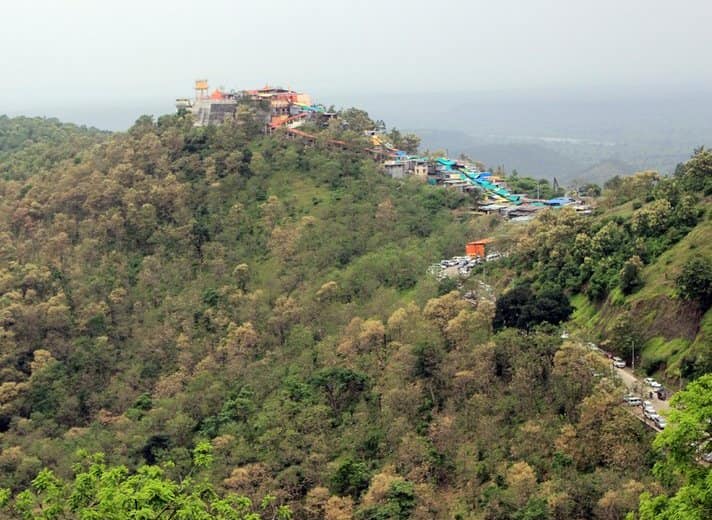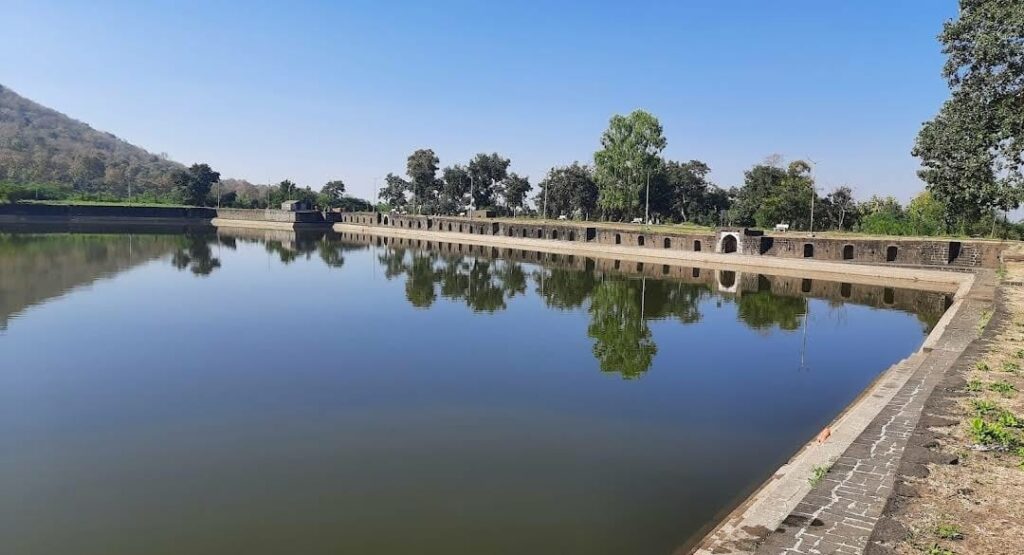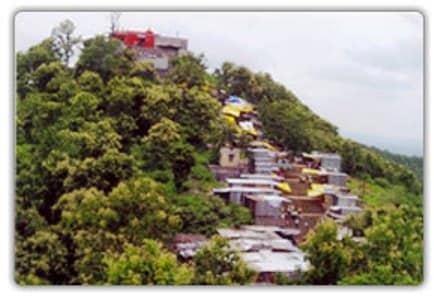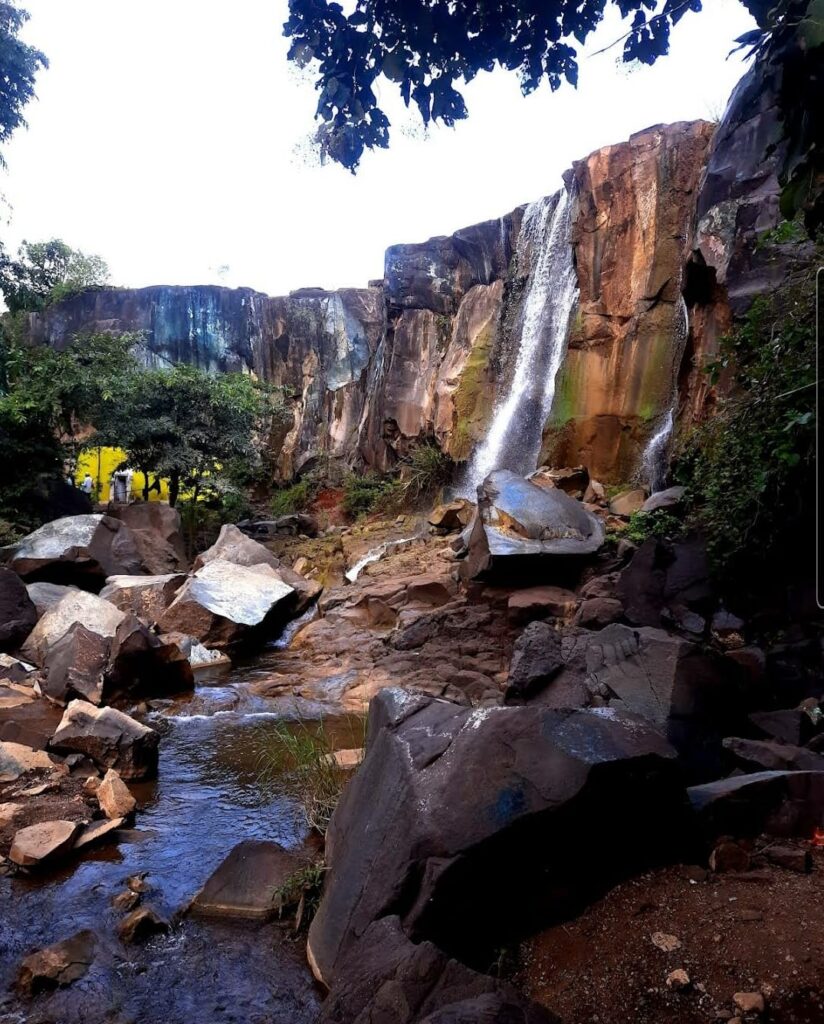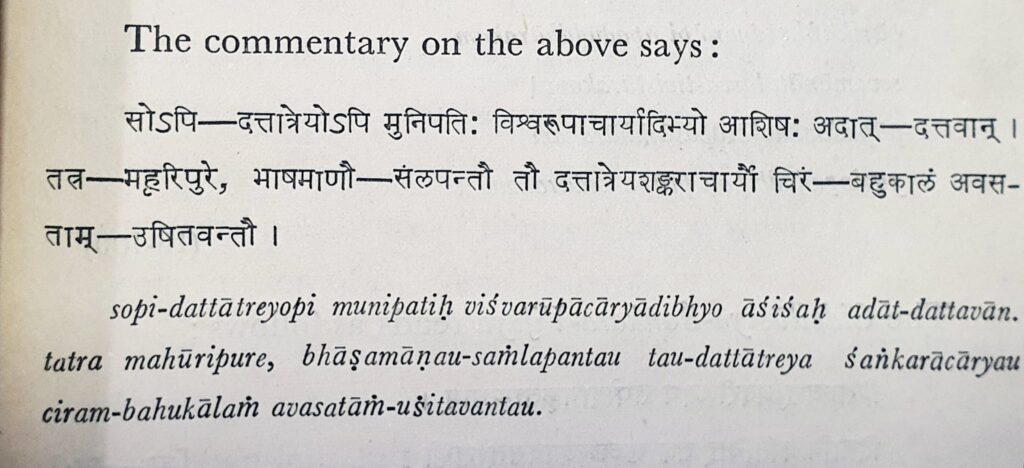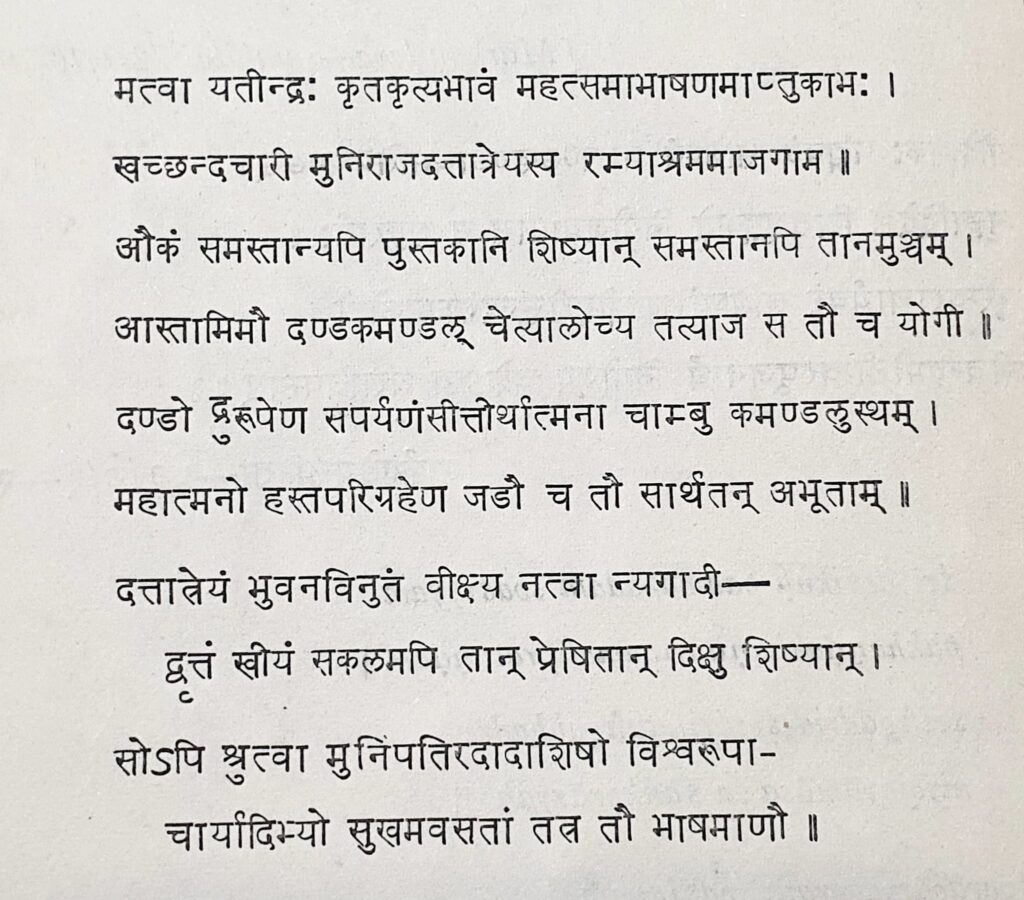குருவம்ச காவ்யத்தில் காணப்படும் முன்குறிப்பிட்ட ஐந்து மடங்கள் ஸ்தாபனம் பற்றிய செய்யுளின் உண்மையான பொருள் யாது? என்பதை ஈண்டு காண்போம்.
ஸ்ரீமத்பாகவத புராணத்தில், பத்தாவது ஸ்கந்தம், மூன்றாம் அத்தியாயம், 10, 11-ஆம் சுலோகங்களை உதாரணமாகக் கொண்டு, துங்கா ச்ருங்கேரி மடத்தார் இயற்றிய குருவம்ச காவ்யத்தில் காணப்படும் மேற்சொன்ன செய்யுளுக்குப் பொருள் காணலாம் என்பது அறிஞர்கள் கருதுவர்.
கம்ஸனின் சிறைச் சாலையில் வஸுதேவரும் அவரது மனைவி தேவகியும் அடைத்து வைக்கப்பட்டிருந்தபோது, தேவகி ஸ்ரீகிருஷ்ணனைப் பெற்றனள் என்பதையும், ஸ்ரீகிருஷ்ணனின் ஜனனத்தை மனத்திற்கொண்டு, வஸுதேவர் ஆயிரக்கணக்கான பசுக்களை ஸந்தோஷத்துடன் அந்தணர்களுக்குத் தானம் செய்தார் என்று ஸ்ரீமத் பாகவதத்தில் சொல்லப்பட்டுள்ளது.
நள்ளிரவில் சிறையில் குழந்தை பிறந்தபோது, காவலில் வைக்கப்பட்டிருந்த வஸுதேவர் எப்படி பல பசுக்களை தானம் செய்திருக்கக் கூடும்? என்ற கேள்வி நமக்குள் எழும்.
இதைச் சிந்தித்துப் பார்த்து, ஸ்ரீமத்பாகவத புராணத்திற்கு உரை செய்துள்ள, ஸ்ரீதர ஸ்வாமி முதலிய ஏழு உரையாசிரியர்களும் ஒரு முகமாக “வஸுதேவர் மகன் பிறந்த ஸமயத்தில், அந்தணர்களுக்கு, பின்னர் சௌகரியமான காலத்தில், ஆயிரக்கணக்கில் பசுக்களைத் தானம் செய்யவேண்டுமென மனதில் ஸங்கல்பம் செய்துகொண்டார்”, என மேற்சொல்லப்பட்ட இரு பாகவதச் செய்யுள்களுக்குப் பொருள் கூறியுள்ளனர் என்பதும் நோக்கற்பாலது.
இந்த முறையிலேயே, துங்கா ச்ருங்ககிரி மடத்தின் குருவம்ச காவ்யத்தின் செய்யுளுக்கும் பொருள் காண்பது பொருத்தமாக இருக்கும் என்பதே அறிஞர்களின் துணிபு ஆகும்.
பாரத நாட்டின் மாபுண்ணியப் பதியான ஸ்ரீகாசி க்ஷேத்திரத்தை அடைந்த ஸ்ரீசங்கராச்சார்யர், பாரதநாட்டின் நலம் கருதி, நாடு முழுவதிலும் நம் வேத தர்மமும், அத்வைத வேதாந்தமும் பிற்காலத்தில் தழைத்தோங்க வேண்டியதன் பொருட்டுத் தமக்கென ஒரு மடமும், தமது நான்கு சீடர்களுக்கு நான்குமாக, ஆக மொத்தம் ஐந்து மடங்களை நிறுவ வேண்டும் என ஸ்ரீகாசிப்பதியில் தங்கியிருந்தகாலை தமது மனதில் ஸங்கல்பம் செய்து கொண்டனர் என்பதே இச்செய்யுளின் உட்பொருளாகும்.
(ஸ்ரீ.அ.குப்புஸ்வாமி ஐயரவர்கள் உபகரித்த சிறுகையேட்டை அடிப்படையாகக் கொண்டு இத் தொகுப்பு எழுதப்பட்டது.)
